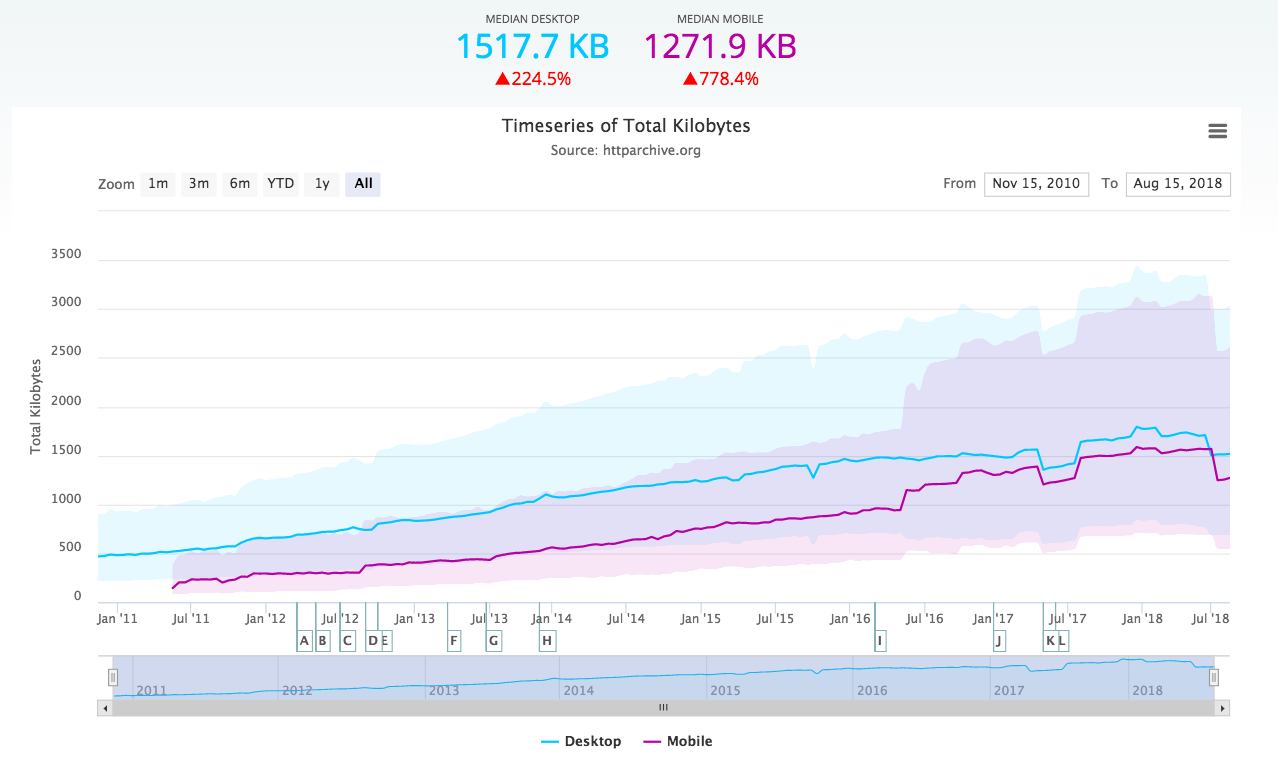 China just officially climbed to the top position in the supercomputer performance race. You may have read that the country now has the fastest, and also the third fastest, supercomputer in the world.
China just officially climbed to the top position in the supercomputer performance race. You may have read that the country now has the fastest, and also the third fastest, supercomputer in the world.
But this was no overnight success. It’s been a long race for China to get there. Back in the 90s, China’s presence in the supercomputer top 500 was almost non-existent, so most of this progress has happened in the last decade.
The last decade has been great for China when it comes to technology in more ways than one. It has become by far the largest country on the Internet, moving from 22.5 million Internet users in 2000 to 420 million Internet users in 2010. Now they can add having the fastest supercomputer in the world to this list, and the number of systems the nation has in the supercomputer top 500 list is growing fast.
If you’re not familiar with it, the supercomputer top 500 list (simply called TOP500) has been released twice a year, in June and November, since 1993. Every time it lists the 500 most powerful supercomputers on the planet at that point in time.
China’s rank over time
Here is how China’s highest ranking in the top 500 list has changed over time.

As you can see, China occasionally dropped off the list before the country gained a more permanent foothold in the top 500. You can see that as missing sections in the graph, which leads us to the next part of this little survey.
Number of systems over time
Another interesting metric aside from the ranking is how many supercomputers China has had in the top 500 list over time, which also tells an interesting story.

Compare the 90s with the 00s… A big difference. Note the sharp rise this last year. Could it be a sign of a major push on China’s end?
A few highlights
We’ve selected a few moments in history to give you some complementary information to the graphs above, a short timeline of China’s rise to the supercomputing top.
- In June 1995, China had its first supercomputer in the top 500. The system was an IBM SP2/32 and delivered a performance of 5.8 gigaflops, placing China at 143rd position. At the time, the fastest supercomputer in the world was the Numerical Wind Tunnel in Japan which delivered a performance of 1,130 gigaflops.
- In June 2004, a Chinese supercomputer entered the top 10 for the first time. It was the Dawning 4000A at the Shanghai Supercomputer Center with a performance of 8.06 teraflops, placing it in 10th position. The fastest supercomputer in the world at that time was The Earth Simulator in Japan with a performance of 35.86 teraflops. China lost its top 10 position just six months later, in November 2004.
- In November 2009, China finally regained a position in the top 10 with the Tianhe-1. It placed 5th with a performance of 564 teraflops. The fastest system at that time was the America-based Jaguar with 1.75 petaflops.
- In November 2010, China finally conquered the number one position with the Tianhe-1A, which delivers a massive performance level of 2.57 petaflops. That’s 47% faster than Jaguar, which is now in second place. In third place is another Chinese system called Nebulae, with a performance of 1.27 petaflops.
So there you have it. China has gone from being an outsider to contender to winner in the supercomputer race.
Final thoughts
Right now the the United States still dominates the top 500 overall, with 275 of the 500 systems, while China has 41 (here’s a nice visualization). However, we suspect that the development over the next decade will strengthen China’s position. At least that is what the current trend indicates. We could very well be at the beginning of a computing power shift from the United States to China.
That said, the United States won’t take that lying down. There are announced plans of American supercomputers capable of as much as 20 petaflops that should be available in 2012. It’s like we’re entering another kind of arms race, this time for computing power.


























